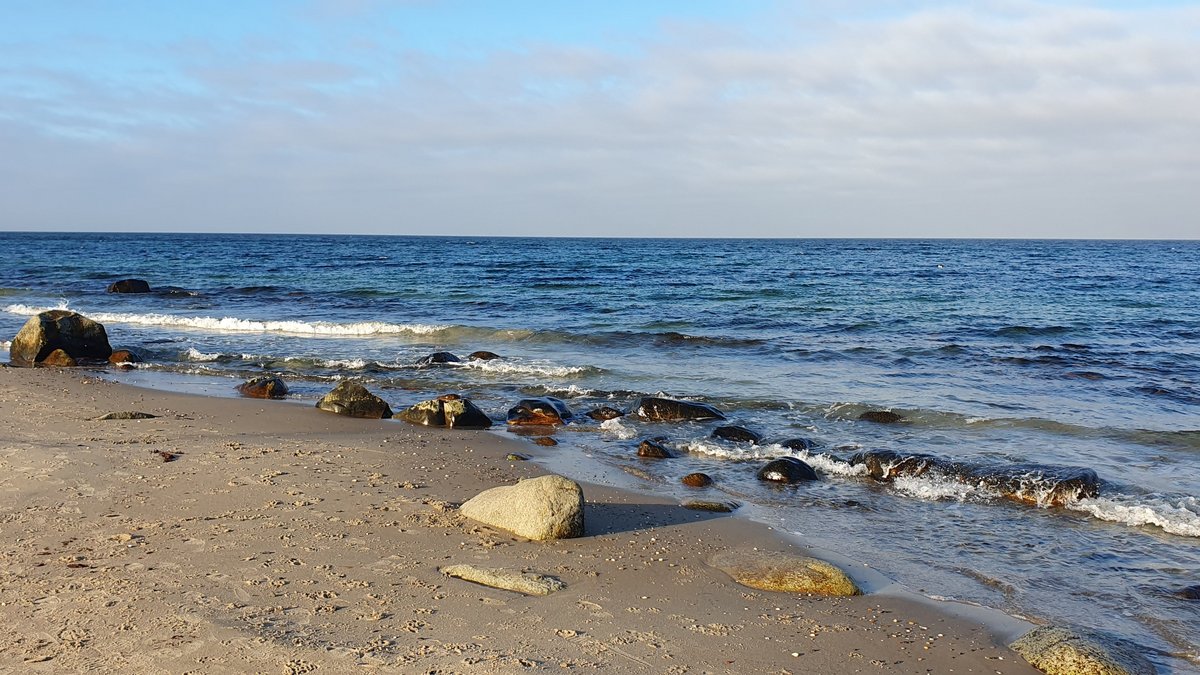On 19 November 2025, the NewSea project will gather key stakeholders in Korsør for a full-day workshop aimed at addressing the crisis of pollution from hazardous substances (HS) in Danish coastal waters.
NewSea will present its national research and engagement activity and the status of its new tools aimed at tracking how hazardous substances move through the marine environment, how they accumulate, and how they can be better managed. These pollutants, released from sources such as wastewater treatment plants, industries, and harbours, threaten marine life, biodiversity, and human health through the seafood we eat.
The stakeholder workshop will bring together around 35 hand-picked participants from local government, fishing communities, industry, science, and civil society. Through group discussions and cross-sector dialogue, they will share insights, assess NewSea’s early findings, and co-create recommendations for local, regional, and national action.
If you wish to receive the invitation, please reach out to project manager Sigrid Neuhaus on svn@demx.dk with a request to be added to the invitation list.
Engaging stakeholders is an important part of the NewSea approach to building solutions that are robust, inclusive, and grounded in real-world needs and to move beyond siloed perspectives and start shaping practical pathways to a cleaner sea.
The event also marks a step toward wider citizen engagement in 2026 and future outreach to policymakers.
📅 Date: 19 November 2025, 12:00–17:00 (lunch included)
📍 Location: Korsør
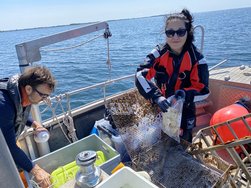
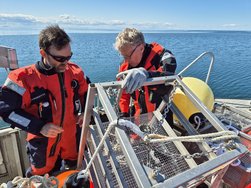
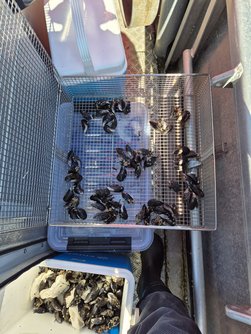
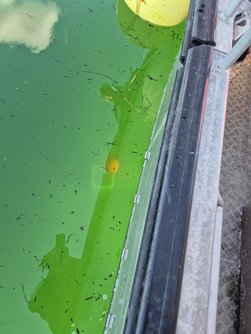
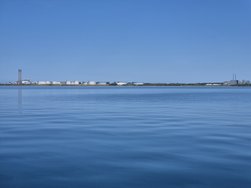
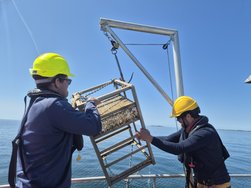
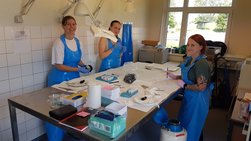
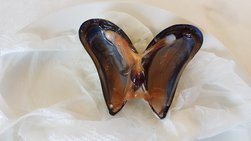
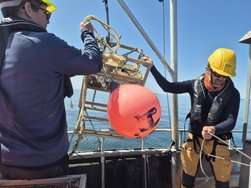
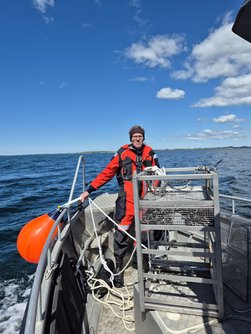
As part of the WP4 "Toxicity og effects" in the New Sea project (https://projects.au.dk/newsea), a field campaign was conducted in May–June 2025, during which teams of marine scientists investigated the effects of chemical pollution in Danish coastal waters.
We deployed blue mussels in cages at several stations in the Smålandsfarvandet area – strategically placed near potential point sources of pollution, such as industrial discharges and wastewater treatment plants. Passive samplers were attached to the cages to detect concentrations of chemical substances like PFAS and metals in the water column. After five weeks of exposure, the live mussels were collected and sampled.
The next step? Laboratory analysis of biomarkers for chemical pollution – biochemical and cellular indicators that reveal how pollution affects marine life.
This work helps us understand how human activities impact the marine environment and supports efforts to improve monitoring and protection of water quality.
#marinebiology #pollutionmonitoring #NewSeaProject #bluemussels #environmentalscience #biomarkers #VELUX FONDEN
Photos: Zhanna Tairova, Nikolaj Reducha Andersen
Tags: WP4-lead Zhanna Tairova, Jesper Philip Aagaard Christensen, Nikolaj Reducha Andersen, Kim Gustavson, Christina Lærke Wiberg
In the NewSea project, my colleagues Zhanna Tairova, Jesper P. Christensen and Kim Gustavson were in the field to deploy cages with mussels and passive samplers at four locations between Korsør and Karrebæksminde. After 3-4 weeks the mussels will be analysed for effects of pollutants and the passive samplers will provide data on the concentrations of pollutants. This new information will help us to assess the combined toxicity of pollutants on biota. VELUX FONDEN Institut for Ecoscience - Aarhus Universitet
